Conservation: Everyone’s a Philanthropist
Friday, April 4th, 2014This is Passport to Texas
The staff at the Texas Parks and Wildlife Foundation brings partners and donors together to fund meaningful projects in Texas.
09— Projects like the pronghorn restoration program that we’re partnering with the department and Borderland Research Institute out in West Texas.
Wildlife restoration and land acquisition are just two of the areas the Foundation focuses its fundraising. Anne Brown is Executive Director.
15— I think anytime these days when you have multiple partners who commit to a project identified as a priority and then help give the funds or raise the funds that signals to the donor that this is a project that’s important to a wide variety of conservation organizations.
Brown says the work of the Texas Parks and Wildlife speaks for itself and moves people to support the cause with philanthropic gifts.
20— The word philanthropy is so large; sometimes people think philanthropy and they only think of it as a big gift. And I always like to define philanthropy as you’re either giving of your time, your energy, or your resources. And that’s all philanthropy. A five dollar gift is philanthropy. A five million dollar gift is philanthropy. And the time that you spend with an organization is philanthropy.
Learn about the work of the Texas Parks and Wildlife Foundation in the April issue of Texas Parks and Wildlife magazine.
For Texas Parks and Wildlife, I’m Cecilia Nasti.
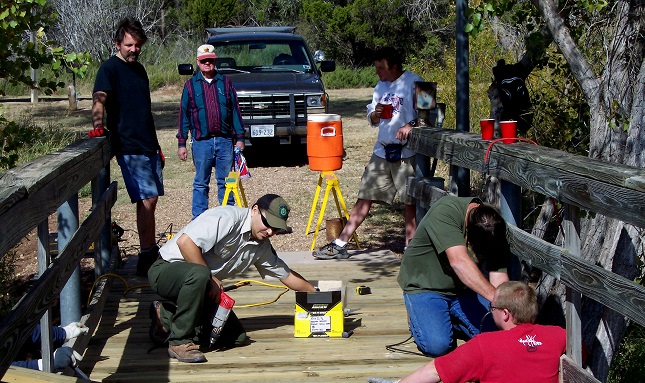

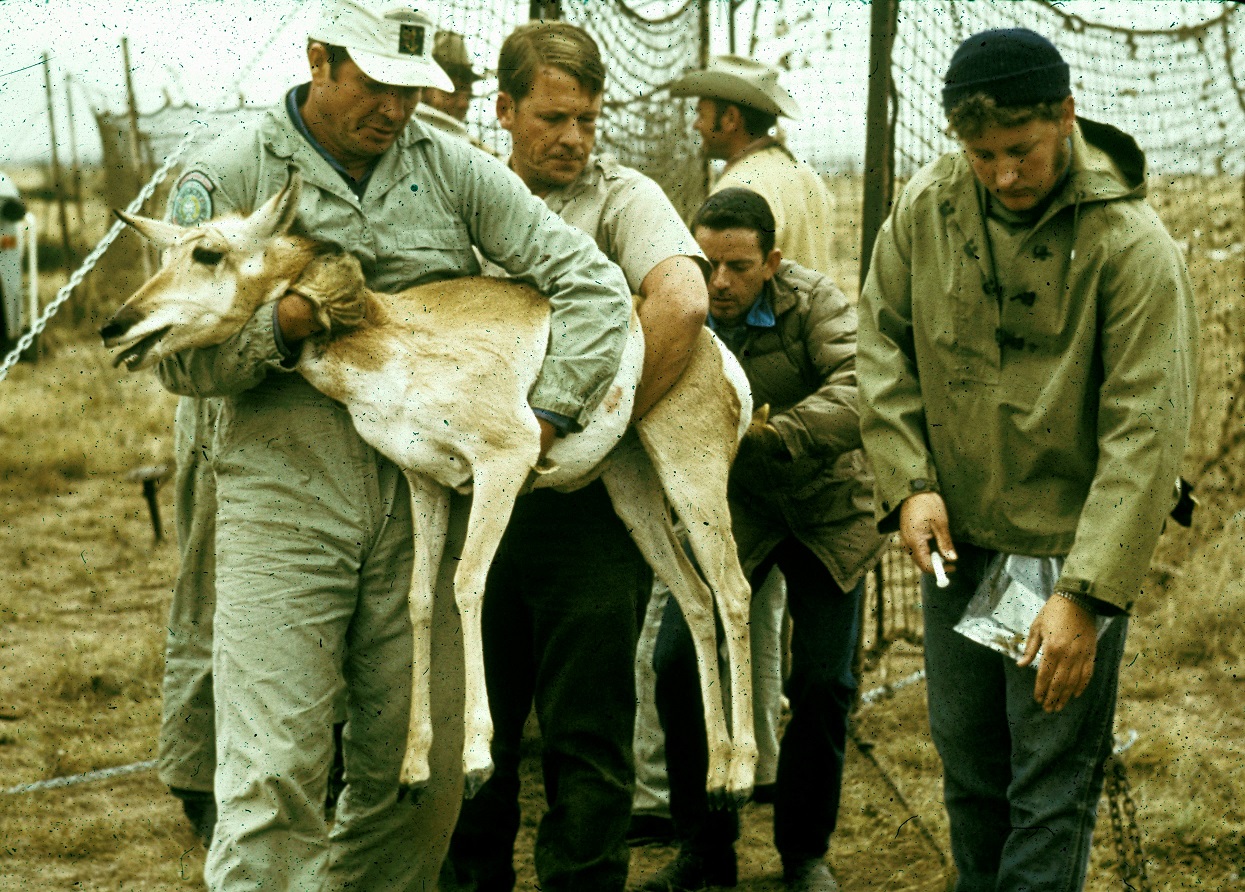
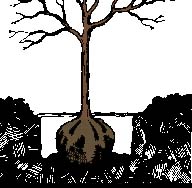
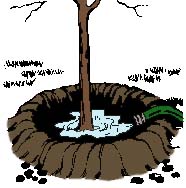
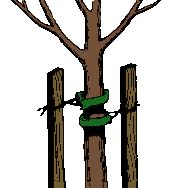
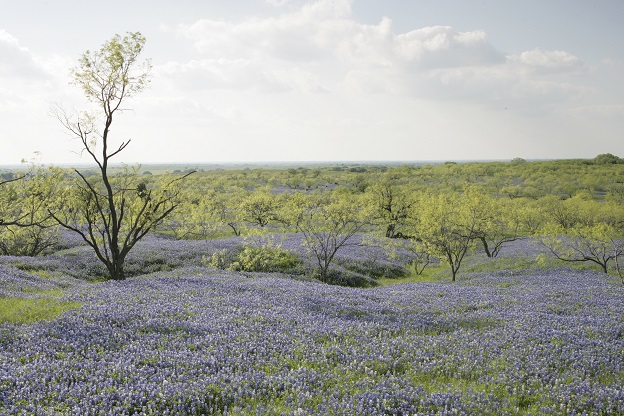


 Passport to Texas is a
Passport to Texas is a  Passport to Texas is made available by:
Passport to Texas is made available by: